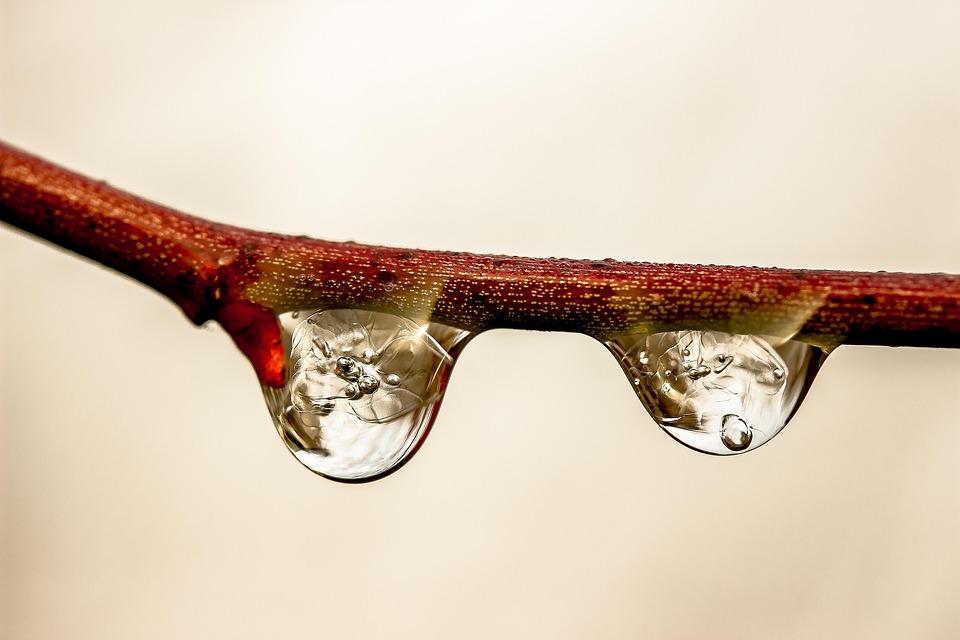Introduction to Beaded Beauty
In the world of jewelry making, beaded earrings have long been a staple of creative expression. One of the most fascinating aspects of crafting these pieces is the use of natural materials, which not only add an organic touch to the earrings but also create a unique connection with nature. This article delves into the art of creating handmade earrings using natural materials, exploring the diverse range of components, techniques, and the beauty of bringing these elements together to form stunning beaded beauty.
Materials and Their Significance
The choice of materials is the foundation of creating unique and captivating handmade earrings. Natural materials vary widely, from semi-precious stones and shells to wood and seeds. Each material boasts its own historical, cultural, or symbolic significance, adding an extra layer of depth to the crafted pieces. For instance, amber is recognized for its warm, earthy tones and is often associated with good luck and protection, while turquoise is prized for its vibrant blue color and is believed to possess healing properties.
– Semi-precious Stones: Stones like turquoise, lapis lazuli, and jasper are not only visually striking but also carry symbolic meanings across different cultures. Turquoise, for example, is a symbol of protection and wisdom, making it a popular choice for jewelry.
– Seeds and Nuts: Certain seeds and nuts, like coconut shells or tagua nuts, can be decorated or used in their natural form, bringing an organic feel to the earrings.
– Wood and Bamboo: Wooden beads and components crafted from bamboo offer a sustainable and eco-friendly option, varying in texture and color depending on the tree species.
– Shells and Pearls: Shells, mother of pearl, and natural pearls evoke the beauty of the ocean, with each type of shell or pearl offering different colors and textures.
Techniques in Crafting Handmade Earrings
The technique used in crafting handmade earrings can turn a simple idea into a masterpiece. From basic stringing and knotting to more complex wire wrapping and embroidery, the method chosen can significantly impact the final appearance and durability of the piece.
– Stringing and Knotting: This is one of the most straightforward techniques, involving threading beads onto a cord or wire and securing them with knots. It’s ideal for showcasing the natural beauty of the beads.
– Wire Working: Wire wrapping allows for intricate designs and the creation of frameworks that can hold multiple beads or components in place. It requires some skill but offers immense creative freedom.
– Embroidery: For those with a background in needlework, beaded embroidery can be applied to create earrings, combining threads and beads to form intricate patterns and designs.
Designing with Natural Materials
Designing handmade earrings with natural materials involves balancing aesthetics with the inherent uniqueness of each component. Since natural materials can vary significantly in color, shape, and size, the design process often requires flexibility and spontaneity.
– Considering Color Palette: Natural materials come in a wide range of colors, from the deep blues of lapis lazuli to the earthy tones of wood. Selecting a palette that complements the natural hues of the materials is crucial.
– Playing with Textures: Mixing different textures, such as smooth stones with rough-hewn wood, can add depth and visual interest to the earrings.
– Symmetry and Asymmetry: Deciding whether to create symmetrical or asymmetrical designs can greatly impact the overall look of the earrings. Natural materials often lend themselves to organic, asymmetrical designs that reflect their unique, unprocessed state.
The Joy of Creating
One of the most rewarding aspects of crafting handmade earrings with natural materials is the process itself. It’s a journey that involves discovery, creativity, and a connection with nature. As each piece comes together, it’s not just about creating jewelry but about crafting stories and emotions into wearable art.
– Personal Expression: Handmade earrings allow for unparalleled personal expression, enabling the creator to infuse their thoughts, feelings, and experiences into each piece.
– Experimentation: The process of combining different materials and techniques can lead to surprising and innovative designs, encouraging continuous learning and experimentation.
– Connection with Nature: Working with natural materials fosters a sense of respect and appreciation for the


